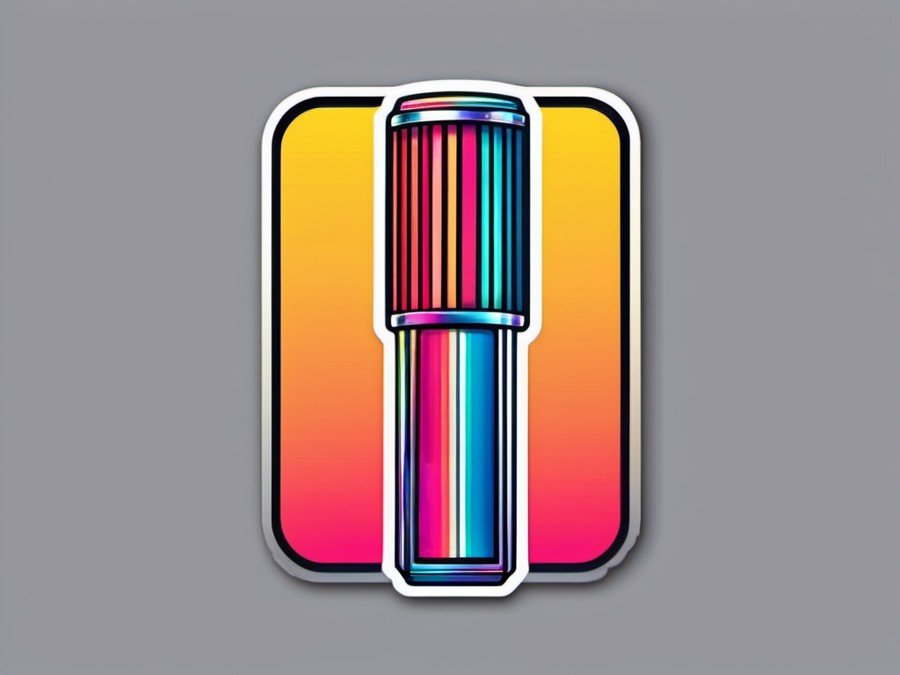· Charlotte Will · Monopods · 7 min read
What is a Monopod and Why Do Photographers Need One?
Discover the power of monopods for photographers. Learn what a monopod is, why it's essential for stability and versatility, and how to choose the best one for your needs. Boost your photography game with a monopod today!

Introduction
Picture this: you’re out capturing the perfect sunset, but your hands are shaking from the cold. You need stability, and fast—that’s where a monopod comes in. A monopod is a single, adjustable leg that supports your camera, offering stability without the bulk of a tripod. But why do photographers need one? Let’s find out.
Understanding Monopods
Definition and Basic Features
A monopod is essentially a single leg that extends and collapses, allowing you to position your camera at various heights. It’s a lightweight and often compact tool that can make a world of difference in your photography. The basic features include:
- Adjustable height: Most monopods can extend from a few inches to over six feet, giving you versatility in your shots.
- Quick-release mount: This allows you to easily attach and detach your camera, a must for swift adjustments.
- Portable design: Monopods are designed to be light and easy to carry, making them an excellent travel companion.
Types of Monopods
When it comes to monopods, you’ll find two main types: aluminum and carbon fiber.
- Aluminum monopods are more affordable but can be heavier. They’re great if you’re on a budget and don’t mind the extra weight.
- Carbon fiber monopods are lighter and more durable, making them ideal for travel photographers who want to pack light without sacrificing quality.
Accessories and Add-ons
To maximize the use of your monopod, consider these accessories:
- Tripod heads: Adding a tripod head can make your monopod even more versatile, allowing for smoother panning and tilting.
- Carrying straps: A comfortable carrying strap can make all the difference when you’re on the move.
Monopods vs. Tripods
Now, you might be wondering how monopods stack up against tripods. Let’s compare the two.
Comparing the Two
- Stability: Tripods offer more stability, making them ideal for long exposures or static scenes. However, monopods provide enough stability to reduce camera shake in many situations.
- Portability: Monopods win hands down when it comes to portability. They’re lighter, smaller, and easier to carry around.
- Versatility: Monopods can be used in more dynamic situations, like tracking moving subjects or shooting from various angles. Tripods are better suited for static shots.
When to Use a Monopod
Monopods shine in these photography scenarios:
- Portrait photography: Use a monopod to keep your shots steady and your subjects at ease.
- Landscape photography: Capture stunning landscapes with reduced camera shake, especially in low light.
- Wildlife photography: Monopods allow you to track moving subjects with ease, perfect for capturing those elusive wildlife shots.
When a Tripod May Be Better
While monopods are versatile, tripods have their place:
- Long exposures: Tripods are essential for capturing those long exposure shots, like waterfalls or star trails.
- Static scenes: If you’re shooting a still life or a landscape that doesn’t require dynamic angles, a tripod is more stable.
Benefits of Monopods for Photographers
Improved Stability and Reduced Camera Shake
One of the primary benefits of using a monopod is improved stability and reduced camera shake. This is crucial for:
- Slow shutter speeds: When you’re shooting in low light or want to capture motion, a monopod helps keep your shots sharp.
- Low-light photography: In dimly lit situations, a monopod can help you avoid blurry photos.
Enhanced Creativity and Versatility
Monopods also offer a chance to get creative:
- Panning techniques: Use your monopod to capture smooth pans, perfect for sports or action shots.
- Low-angle shots: Get down low with your monopod for unique perspectives.
Ease of Use and Portability
And let’s not forget the practical benefits:
- Compact design: Monopods are easy to pack and carry, making them perfect for travel or spontaneous shoots.
- Quick deployment: With a quick-release mount, you can set up your camera in seconds.
Choosing the Right Monopod
When shopping for a monopod, consider these key factors.
Key Factors to Consider
- Weight capacity: Ensure your monopod can support the weight of your camera and lens.
- Height adjustment range: A good height range gives you versatility in your shots.
- Material and durability: Opt for a durable material that can withstand the elements and regular use.
Popular Brands and Models
Some popular brands include:
- Manfrotto: Known for their quality and durability, Manfrotto monopods are a solid choice.
- Benro: Offering great value for money, Benro monopods are worth considering.
- Sirui: Lightweight and compact, Sirui monopods are perfect for travel.
Budget-Friendly Options
If you’re on a budget, don’t worry—there are still excellent options out there:
- Amazon Basics: Affordable and functional, Amazon Basics monopods get the job done.
- Dolica: Known for their compact design, Dolica monopods are a budget-friendly choice.
How to Use a Monopod Effectively
Basic Setup and Usage Tips
Using a monopod is straightforward:
- Extend the monopod: Twist or flip the locks to extend your monopod to the desired height.
- Mount your camera: Securely attach your camera using the quick-release mount.
- Adjust as needed: You can now adjust the height and angle of your monopod to suit your shot.
Advanced Techniques
To get more out of your monopod, try these advanced techniques:
- Using a monopod for video: Stabilize your videos with a monopod, making them smoother and more professional.
- Combining with other gear: Pair your monopod with a tripod head for even more versatility.
Common Mistakes to Avoid
Beware of these common mistakes:
- Overextending the monopod: Be cautious not to extend your monopod too high, as this can compromise stability.
- Ignoring the weight limit: Always check that your monopod can support your gear’s weight.
Maintenance and Care
Cleaning and Storing Your Monopod
To keep your monopod in top condition:
- Remove dirt and grime: Clean your monopod regularly to remove any buildup.
- Protect from the elements: Store your monopod in a dry place to prevent rust or damage.
Common Problems and Solutions
If you encounter issues, here are some solutions:
- Loose screws: Tighten any loose screws to maintain your monopod’s stability.
- Worn-out feet: Replace worn-out rubber feet to ensure a good grip.
Conclusion
In the world of photography, every piece of gear has its place. A monopod is an invaluable tool for any photographer looking to enhance their shots and expand their creative possibilities. Whether you’re a seasoned pro or just starting, adding a monopod to your kit is a smart move. So why not give it a try and see the difference it makes?
FAQs
Can a Monopod Replace a Tripod?
While monopods offer many benefits, they can’t replace tripods for all situations. Tripods are better suited for long exposures and static scenes. However, a monopod can be a great alternative when you need something more portable and versatile.
Are Expensive Monopods Worth the Investment?
Expensive monopods often offer better quality, durability, and features. If you’re a professional photographer or plan to use your monopod frequently, investing in a high-quality model can be worth it. However, for hobbyists or those on a budget, there are still great options available at lower price points.
How Do I Choose Between Aluminum and Carbon Fiber Monopods?
The choice depends on your needs and budget:
- Aluminum monopods are more affordable but can be heavier. They’re great for those on a budget who don’t mind the extra weight.
- Carbon fiber monopods are lighter and more durable, making them ideal for travel photographers who want to pack light without sacrificing quality.
What Are the Best Monopods for Travel Photography?
For travel photography, look for a monopod that is:
- Lightweight and compact: This makes it easier to carry around.
- Durable: A high-quality material can withstand the rigors of travel.
- Versatile: Ensure it can extend to a good height and support your gear’s weight.
Popular choices for travel photography include models from brands like Sirui, Benro, and Manfrotto.
How Can I Master Using a Monopod Quickly?
To master using a monopod quickly:
- Practice regularly: The more you use your monopod, the more comfortable you’ll become.
- Experiment with techniques: Try different shooting angles and movements to see what works best for you.
- Learn from others: Watch tutorials or ask fellow photographers for tips and tricks.
Before you know it, using a monopod will become second nature, enhancing your photography skills and opening up new creative possibilities.




